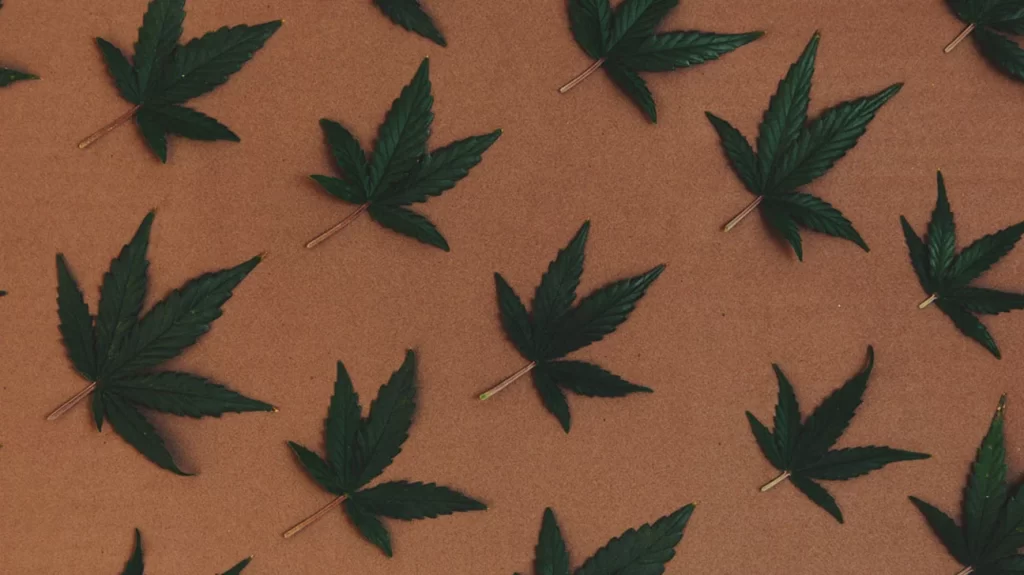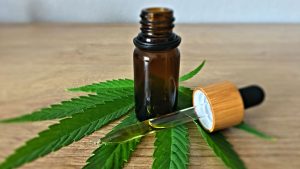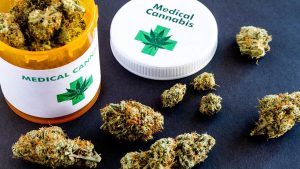Cannabis, weed, pot, and marijuana all refer to the same group of plants known for their relaxing and calming effects. However, effects vary depending on your mode of consumption and it’s illegal in many places.
When the flowers of these plants are harvested and dried, you’re left with one of the most common drugs in the world. Some call it weed, some call it pot, and others call it marijuana.
As weed becomes legal in more areas, names for it are evolving. Today, more and more people are using the term cannabis to refer to weed.
Some argue that it’s a more accurate name. Others feel it’s more neutral compared with terms like weed or pot, which some people associate with its illegal use. Also, the term “marijuana” is falling out of favor due to its racist history.
Cannabis is usually consumed for its relaxing and calming effects. In some U.S. states, it’s also prescribed to help with a range of medical conditions, including chronic pain, glaucoma, and poor appetite.
Keep in mind that while cannabis comes from a plant and is considered natural, it can still have strong effects, both positive and negative.
Cannabis is made up of more than 120 components, which are known as cannabinoids. Experts still aren’t sure what each cannabinoid does, but they have a pretty good understanding of two of them, known as cannabidiol (CBD) and tetrahydrocannabinol (THC).
Each has its own effects and uses:
- CBD. This is a psychoactive cannabinoid, yet it’s non-intoxicating and non-euphoric, meaning it won’t get you “high.” It’s often used to help reduce inflammation and pain. It may also ease nausea, migraine, seizures, and anxiety. (Epidiolex is the first and only prescription medication to contain CBD and be approved by the Food and Drug Administration, or FDA. This medication is used to treat certain kinds of epilepsy.) Researchers are still trying to fully understand the effectiveness of CBD’s medical use.
- THC. This is the main psychoactive compound in cannabis. THC is responsible for the “high” that most people associate with cannabis.
Read more about the differences between THC and CBD.
You can find cannabis products that contain just CBD, THC, or a combination of both. But the dried flower that most people associate with cannabis contains both cannabinoids, though certain strains may have much more of one than the other. Hemp has large quantities of CBD, but no THC.
Using cannabis can have a range of short-term effects. Some are beneficial, but others are more concerning.
Some of the more desirable short-term effects include:
- relaxation
- giddiness
- experiencing things around you, such as sights and sounds, more intensely
- increased appetite
- altered perception of time and events
- focus and creativity
These effects are often minimal in products containing very high levels of CBD, compared with THC.
But cannabis can also have some problematic side effects for certain people. Side effects may include:
- coordination issues
- delayed reaction time
- nausea
- lethargy
- anxiety
- increased heart rate
- decreased blood pressure
- paranoia
Again, these effects are less common in products containing more CBD than THC.
The short-term effects of cannabis can also vary based on your method of consumption. If you smoke cannabis, you’ll feel the effects within minutes. But if you orally ingest cannabis, such as in a capsule or food, it may be several hours before you feel anything.
In addition, cannabis often comes in different strains. These are loose categories used to indicate the effects of different cannabis products. Here’s a primer on some common strains and their potential effects.
Experts are still trying to fully understand the long-term effects of using cannabis. There’s lots of conflicting research on this topic, and many of the existing studies have only looked at animals.
Many more large, long-term studies in humans are needed to fully understand the lasting effects of cannabis use.
Brain development
Research from 2014Trusted Source highlights the potential impact of cannabis on brain development when used during adolescence.
According to this research, people who start using cannabis in their teens tend to have more memory and learning problems than those who don’t use cannabis in their teens. But it’s unclear if these effects are permanent.
People who start using cannabis in their teens may also have a higher risk for mental health issues later in life, including schizophrenia. But experts still aren’t sure how strong this link is.
Dependence
Some people can also become dependent on cannabis. Others even experience withdrawal symptoms when not using cannabis, such as irritability, low appetite, and mood swings.
According to the National Institute on Drug AbuseTrusted Source, people who start using cannabis before the age of 18 are four to seven times more likely to develop a cannabis use disorder than those who start using it later in life.
Respiratory problems
Smoking cannabis carries similar risks to smoking tobacco. This may be due to inflammation and irritation of the airways.
Cannabis has been associated with bronchitis, and it may be a risk factor for chronic obstructive pulmonary disease (COPD). However, recent studies Trusted Source have shown little evidence of a link between cannabis use and lung cancer. More research is needed in this area.
Cannabis is illegal in many places, but more and more areas are starting to legalize it for both recreational and medical uses. In the United States, for example, several states have legalized recreational and medical cannabis.
Others have legalized it only for medical use. But cannabis remains illegal under federal law in the United States. The research supporting CBD use for inflammation and pain is promising. The use of CBD-based prescription medication Epidiolex to reduce some kinds of seizures is well established.
The laws around cannabis also vary from country to country. Some permit the use of products containing only CBD, while others consider any kind of cannabis use a serious crime.
If you’re curious about trying cannabis, make sure to read up on the laws in your area first.
Cannabis is a term that’s being increasingly used to refer to weed or marijuana. Regardless of what you call it, cannabis has a range of short- and long-term effects, which can be both beneficial and harmful.
If you’re curious about trying cannabis, start by checking whether it’s legal in your area.
If it is, consider talking to a doctor or pharmacist beforehand to make sure it won’t interact with any medications or supplements you take. A doctor can also help you weigh the potential benefits and risks to your health.



